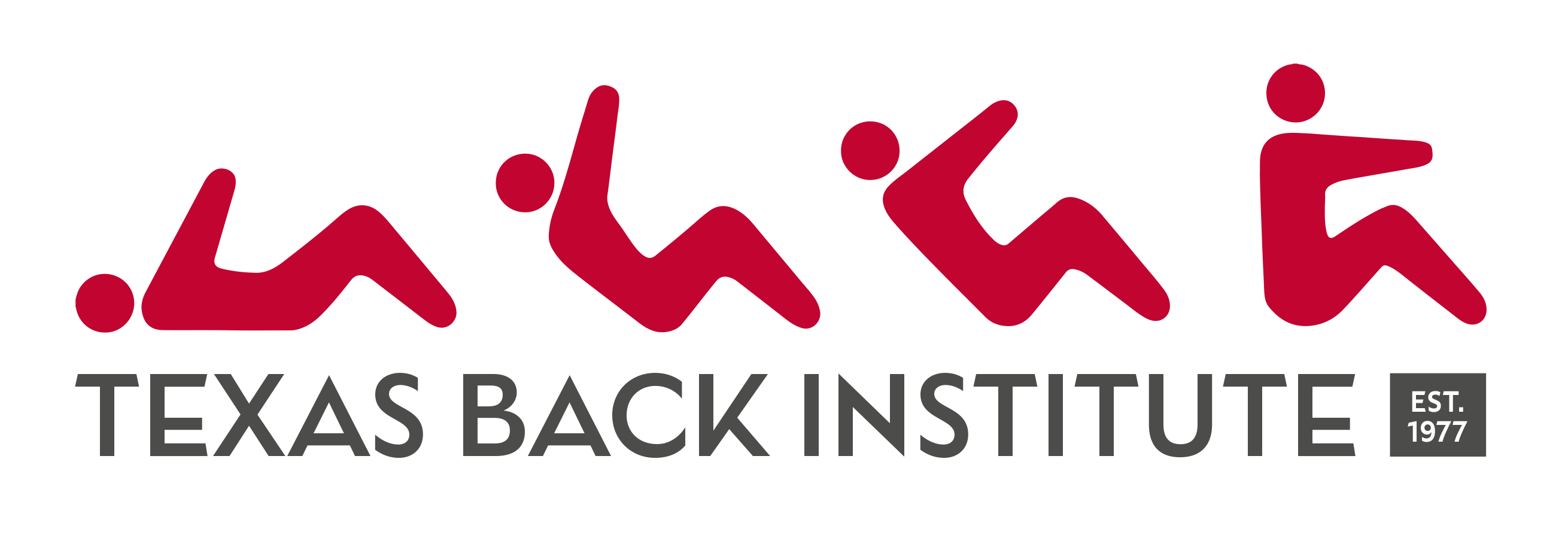Herniated Disc
Between each bony vertebral body is a disc that acts as a shock absorber and a hinge. As we age, the disc becomes dehydrated, making it less supportive and more prone to injury. Even a healthy, well-hydrated disc can be injured. The disc is composed of the annulus, which is a tough tissue that makes up the outside of the disc. The nucleus pulposus is the jelly-like substance contained in the center of the disc.
A herniated disc occurs when the nucleus breaks through the outer tissue. A herniated disc is very common and may or may not cause symptoms. Stretching or tearing of the annulus may result in back or neck pain. The discs are immediately in front of the spinal cord and exiting nerves, so when the herniated disc or protrusion compresses the spinal cord or nerves, leg or arm pain and numbness or weakness may occur.
Symptoms
The most frequent symptom of a herniated disc in the lower back is pain radiating from this region into one or both of the legs. Similarly, in the cervical spine, pain radiates into the arms.
Diagnosing
A physical examination is performed. A neurological examination is also performed to identify the involved nerve root. Because certain nerves consistently supply particular muscles and areas of sensation, physical examination and the patient’s specific symptoms give valuable clues to the source of the symptoms. The preferred imaging test is an MRI because it is able to visualize soft tissues including the disc, spinal fluid, and neural elements.
Treatments
When a member of the TBI team evaluates a new patient, initial conservative management involves observation, anti-inflammatories, physical therapy, and plain x-rays. If further testing confirms a nerve compression a spinal injection of steroids may be used to decrease the symptoms.
If symptoms are not getting better or if the nature of the compression is threatening the function of the nerve, surgical measures may be used to decrease the pressure on the nerve. Micro-surgical techniques may be used to remove the disc fragment in the lower back.
In the cervical spine, an approach in front of the spine requires removal of the entire disc and treatment may require replacing the disc or placing a bone graft to replace the space within the vertebral bodies to achieve a fusion.
In the thoracic spine, options may include an approach from the back or the side of the chest to remove the fragment away from the spinal cord with or without a fusion.
Frequently Asked Questions
It is the shock absorber of the spine. It is a round or circular cushion in between the vertebral bodies. Because the fibers of tissue (collagen) form in a circular fashion during early development there is a layered outer layer of multiple strands of tissue that mesh together and form the circular pattern.
The layers are tightly fixed to the vertebral bodies above and below. The middle part is known as the nucleus and its consistency is more gelatinous and can extrude if there is significant injury or trauma to the outer layers.
It is a failure of the normal structure. This can be caused by trauma, underlying degenerative or medical conditions, or abnormalities in the genes that support repair or maintenance of the normal properties.
A bulge or extrusion of material into the spinal canal can push the actual spinal cord or nerves that go away from the spinal cord in the neck and upper back regions. In the lower back, since the spinal cord cones down into a sack of smaller nerves, pressure can push on individual nerves or on the whole sac of nerves (cauda equina) if an extremely large herniation.
If the symptoms and management require surgical removal of the fragment or portion of the disc, the vast majority of the disc is often left untouched. As such, a return to normal functioning is possible when the pressure is alleviated. The goal is surgery to take the pressure away; it does not make the disc normal.
The initial findings on the physical exam and imaging will provide a good framework to understand the nature of the disc problem. If a discectomy is a choice provided (often for lower back disc herniations) the initial rehab requires avoiding aggressive bending, stooping, and prolonged car rides to keep from having a new recurrence of the herniation.
Often with good rehabilitation and strengthening, the remaining disc is sufficient to allow for a return to normal activities. By the nature of the fact that a normal disc does not herniate, there can be degeneration down the road that may warrant further conservative management or surgical treatment.
There is no one rule and some patients remain asymptomatic indefinitely while others may have a recurrence that one day may require a more aggressive reconstruction with replacement or a fusion.
Maintenance of good core conditioning with abdominal strengthening, weight management, extension exercises, yoga, pilates, and swimming are all good options.
